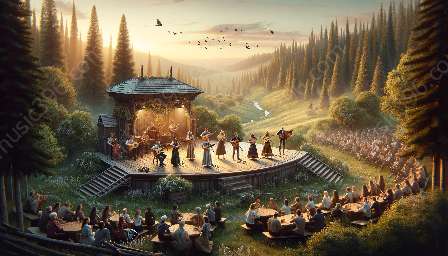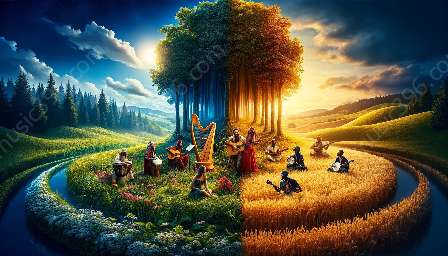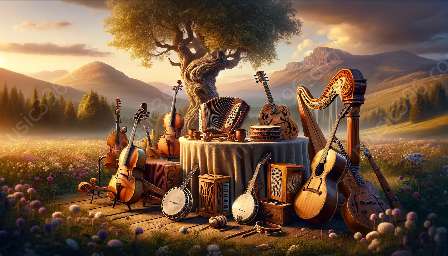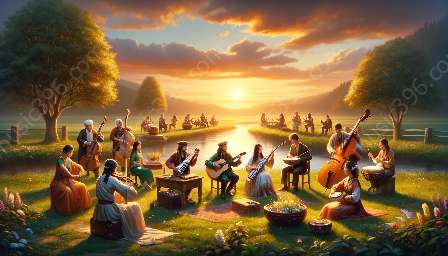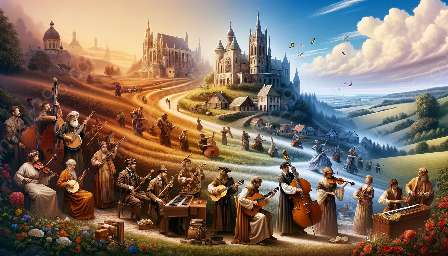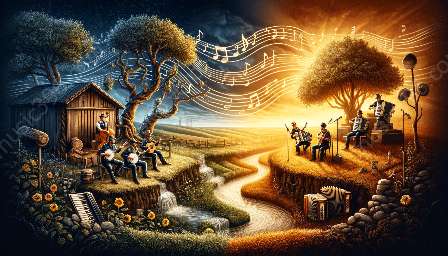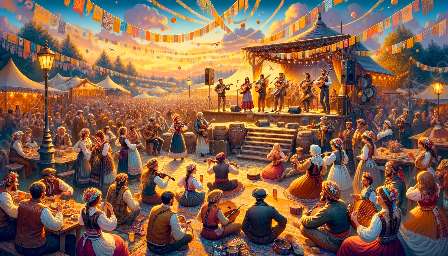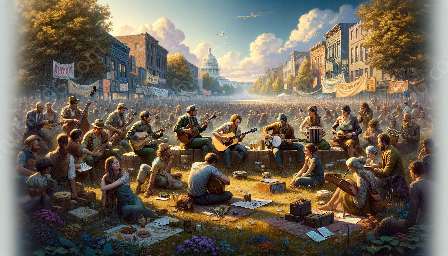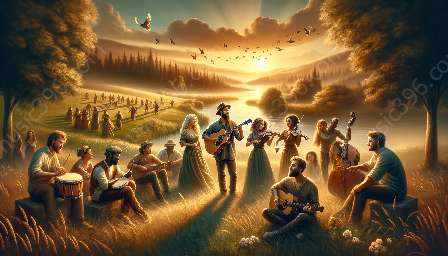Folk music has long been a medium for storytelling and the expression of cultural values. Songwriters in the folk music genre utilize powerful literary devices such as symbolism and metaphor to convey deeper meanings in their songs. In this article, we will explore how these songwriting techniques are uniquely employed in folk music, and how they contribute to the rich tradition of folk and traditional music.
Songwriting Techniques in Folk Music
Folk music songwriting is characterized by its ability to connect with people on a personal and emotional level. The essence of folk music lies in its simplicity and honesty, and songwriters often draw from their own experiences and observations of the world around them. It is through the use of vivid imagery and poetic language that folk songwriters paint a vivid picture for their listeners, immersing them in stories and emotions.
The Role of Symbolism and Metaphor
Symbolism and metaphor play a crucial role in folk music songwriting. These literary devices allow songwriters to convey deeper, often abstract, meanings within their songs. By employing symbols that carry cultural or historical significance, folk songwriters are able to tap into the collective consciousness of their audience, creating a shared emotional experience. Metaphors, on the other hand, enable songwriters to draw parallels between disparate concepts, evoking powerful emotions and connections in their audience.
Interpreting Symbolism and Metaphor in Folk Songs
One of the beauties of folk music lies in its ability to leave room for interpretation. The use of symbolism and metaphor provides listeners with a rich tapestry of imagery and meaning to decipher. Folk songs often carry timeless themes such as love, loss, and resilience, and it is through the layers of symbolism and metaphor that these themes are expressed in a profound and thought-provoking manner.
Examples of Symbolism and Metaphor in Folk Music
In the classic folk song 'The House of the Rising Sun,' the symbolism of the titular house represents a place of moral corruption and despair. The metaphor of a 'house' becomes a vehicle for expressing the emotional turmoil and struggles faced by the song's protagonist. Similarly, in Bob Dylan's 'Blowin' in the Wind,' the use of metaphorical questions serves to provoke contemplation on timeless issues of social justice and human suffering.
Preservation of Folk and Traditional Music
As the custodians of cultural heritage, folk music songwriters play a vital role in preserving and passing down the traditions of their communities. By employing symbolism and metaphor, they ensure that the deeper meanings and messages within folk songs continue to resonate across generations. This serves to maintain the relevance and emotional impact of folk and traditional music in a rapidly changing world.
Conclusion
Symbolism and metaphor are powerful tools in the hands of folk music songwriters, enabling them to weave intricate narratives and convey profound emotions in their songs. Through the use of these literary devices, folk songwriters contribute to the enduring legacy of folk and traditional music, enriching the cultural tapestry with their poignant and thought-provoking compositions.


